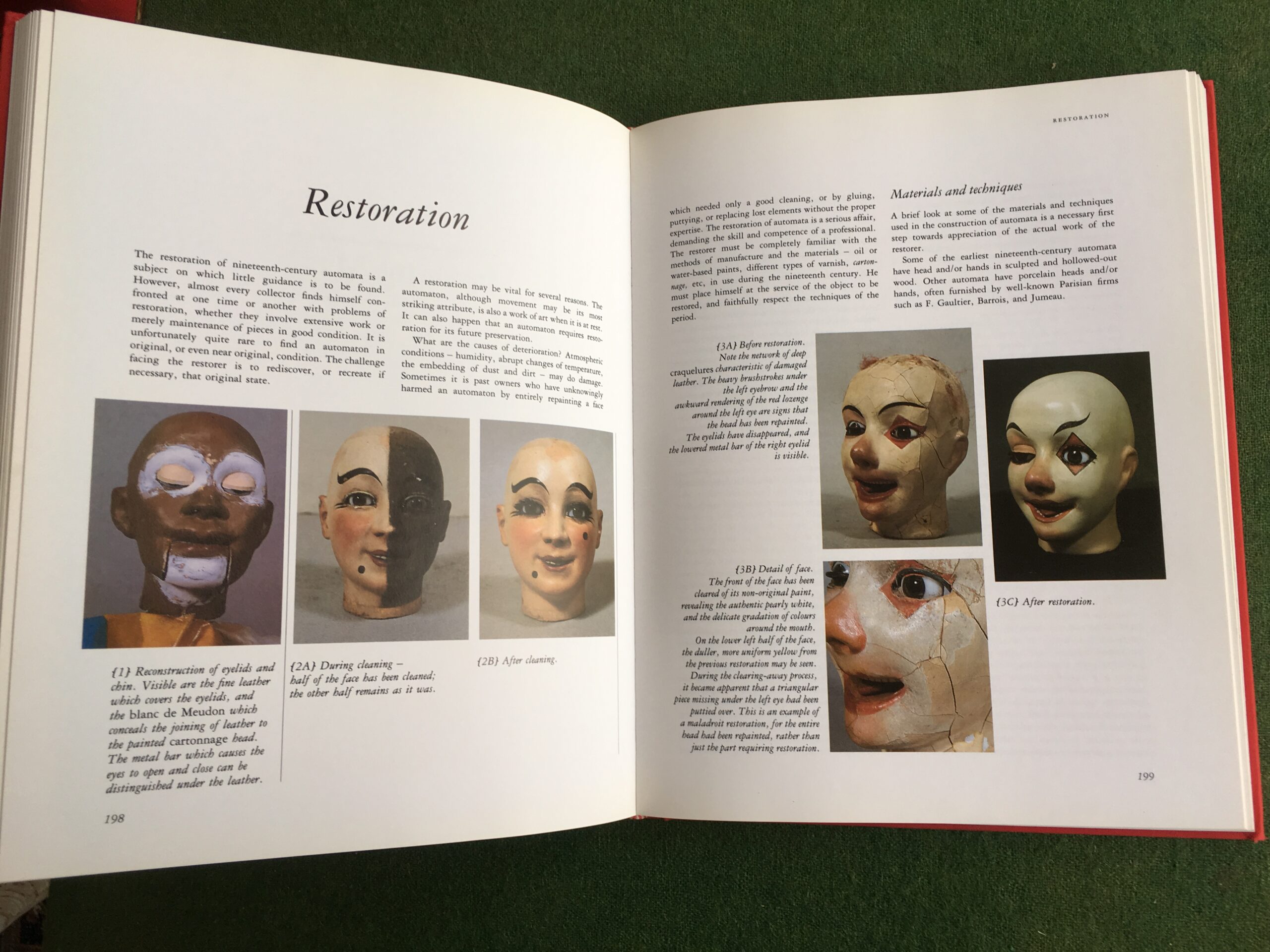

“This book, presenting the ‘curiosities’ that we now call automata, unwinds a large network of interconnected early modern phenomena: the fraught world of religious contests, augmented by intense political rivalries the connections between court centers of power, including connections between Germany and faraway Istanbul and Delhi and the origins of early princely collecting in ‘curiosity cabinets.’ Here art and nature rivaled each other yet intertwined through technology and craftsmanship, powered by Augsburg watchmakers. It will appeal especially to art historians and historians of early modern Europe.Į-book editions have been made possible through support of the Art History Publication Initiative (AHPI), a collaborative grant from the Andrew W. They were often given as gifts and as tribute payment, and they played remarkable roles in the Holy Roman Empire, particularly with regard to courtly notions about the important early modern issues of universal Christian monarchy, the Reformation, the Counter-Reformation, the encroachment of the Ottoman Empire, and global trade.ĭemonstrating how automata produced in the Holy Roman Empire spoke to a convergence of historical, religious, and political circumstances, Animating Empire is a fascinating analysis of the animation of inanimate matter in the early modern period. Typically wound up and activated by someone in a position of power, these objects and the theological and political arguments they made were highly valued by German-speaking nobility.

Their movements were driven by gears, wheels, and springs painstakingly assembled by clockmakers. The intricate gilt, silver, enameled, and bejeweled clockwork automata, almost exclusively crafted in the city of Augsburg, represented a variety of subjects in motion, from religious figures to animals. In Animating Empire, Jessica Keating recounts the lost history of six such objects and reveals the religious, social, and political meaning they held. In the sixteenth and seventeenth centuries, German clockwork automata were collected, displayed, and given as gifts throughout the Holy Roman, Ottoman, and Mughal Empires. In the process, she arouses our own fascination, echoing those responses to privileged displays by these moving metal devices as they performed before early modern monarchs.” -Larry Silver, co-author of Rembrandt’s Faith

Keating’s meticulous research newly restores a nearly vanished art form to its rightful place-as the bearer of cultural values and courtly prestige at the very heart of ceremonial court performances. Automata, the Holy Roman Empire, and the Early Modern World Jessica Keating “This book, presenting the ‘curiosities’ that we now call automata, unwinds a large network of interconnected early modern phenomena: the fraught world of religious contests, augmented by intense political rivalries the connections between court centers of power, including connections between Germany and faraway Istanbul and Delhi and the origins of early princely collecting in ‘curiosity cabinets.’ Here art and nature rivaled each other yet intertwined through technology and craftsmanship, powered by Augsburg watchmakers.


 0 kommentar(er)
0 kommentar(er)
